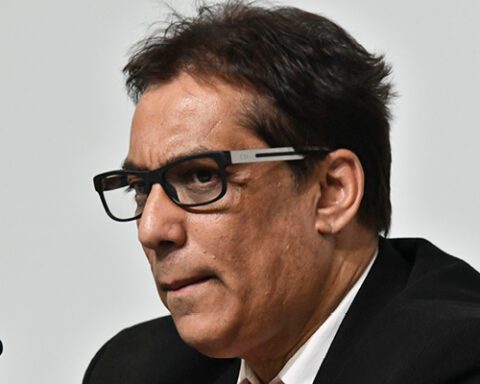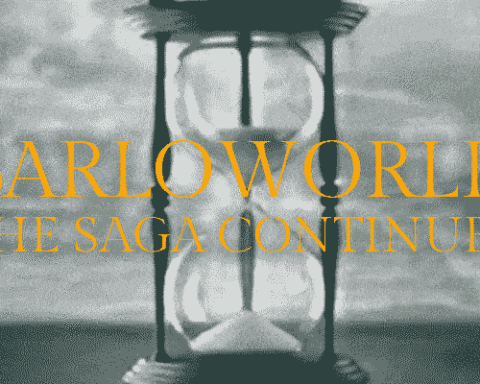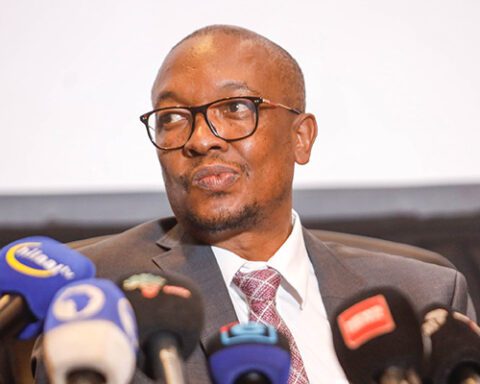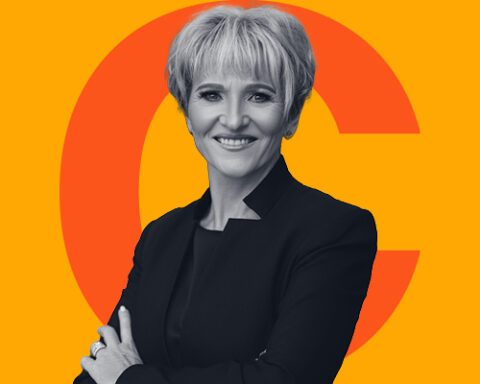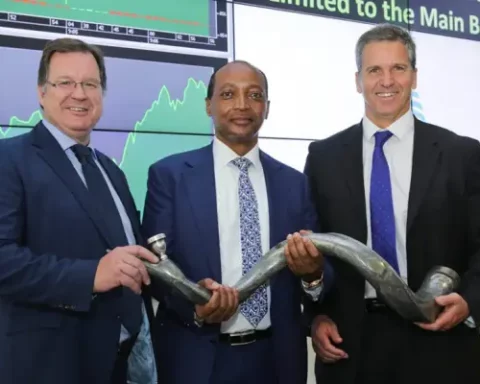The 2021 power year for platinum group metals (PGM) miners – when rhodium topped $28,000 an ounce and palladium scaled $3,000 (in February 2022) – is a very distant memory now for South Africa’s PGM producers, which find themselves in varying stages of cutbacks. But results out last week from Impala and Northam highlight clear differences in the industry: where Implats iced its dividend and announced deep capex cuts, as well as the spectre of mine closures, Northam is ploughing on with both an interim payout and a ramp-up in capital spend, despite its headline earnings falling 49.7% to 61.1c a share. Currency spoke to CEO Paul Dunne about the results.
It seemed quite bold to declare a dividend, notwithstanding how much PGM prices have come under pressure and also the fact that your debt has doubled to more than R6.1bn …
Remember, we’re building two mines: Eland and 3 Shaft – and you can’t do that for free. It’s an investment. The best example I can give you is like building a house: there’s nothing wrong with taking a bond. We’re quite comfortable with the debt levels and we’re quite comfortable paying the dividend because it’s a percentage of earnings. Our dividend policy is 25% of earnings and we’re happy to pay. It’s a good signal, isn’t it, that we paid an interim dividend and it should give you the confidence that we’re still on track, in terms of guidance.
But the capex bill is also interesting, especially in light of what’s going on in the industry. Take Implats, where they’ve made severe cutbacks to expansion and replacement capex – yet you’re going ahead with no cuts to expansion …
I think it’s the differentiating factor between Northam and the rest of the industry. Northam is on a growth profile: we’re building mines, not closing mines. There’s a very big difference between a mature asset that’s coming to the end of its life after 30 years of production that may close down because of low prices, let’s say, compared to a very young mine, only in the second year of its ramp-up (in Eland’s example), with 30 years ahead of it. It’s a very different asset quality we’re talking about.
So are the comparisons then totally injurious?
It’s not a fair comparison at all.
The margin differences between your mines are also profound: at Zondereinde margins have just about halved to 9.8%; Eland’s were at a negative (I assume because you’re still building it) and Booysendal they’re still quite fat at 34.5% – will Zondereinde come under further pressure?
Zondereinde mine, very simplistically, is at its deepest point 2.3km underground. And it’s a conventional mine with a large workforce. Booysendal is shallow and mechanised – so there’s a very distinct cost differential. Booysendal will always beat Zondereinde because of depth in a nutshell. And the way it changes is on price.
Can you support a margin of under 10% at Zondereinde?
Yes. Definitely. You’re still making cash.
The outlook for PGM prices still seems so uncertain and clouded – and it’s been like this for two years at least.
Two years – and if you remember two years ago I said it would be two years [laughs]. We were not the ones who said it would recover quickly: we said we’re in for an extended downturn and that has proven to be correct.
But from our point of view we are very clear that the [PGM] production capacity of South Africa has been hurt very badly. We peaked at about 5.4-million ounces of platinum per annum; this year coming we will struggle to get to 3.8-million ounces, so that’s a very significant decline. Now, that trajectory, from here, accelerates in a downward fashion, unfortunately.
That’s why Northam is so confident in delivering these new mines. They’re not for tomorrow, they’re for the 2030s. Eland for example will only reach its full potential in 2029. We want to be in a position to produce in a very tight market that we foresee.
Do you have any further clarity in terms of demand for PGMs, especially from the auto industry? Is there any more visibility on the demand side of things as opposed to just the supply side?
A couple of years ago we did know that the automotive industry would move into a destocking cycle. They took metal during the Covid period and of course we weren’t producing cars during that period. What you’ve seen over the past two years is the destocking of that metal and we think we’re approaching the end of that cycle; I would say that certainly in North America the original equipment manufacturers have returned to the market.
As things stand and if nothing has to change in terms of PGM prices, does Northam just carry on as is without any sort of radical cutbacks or impairments?
Yes. We will invest through the cycle in a very consistent fashion – we can’t chop and change. I was very serious when I said: you’re either in mining or you’re not. There are no half-measures and it’s not necessary to do so. We’ve got a very strong business case for Eland and we will bring it to production.
Sign up to Currency’s weekly newsletters to receive your own bulletin of weekday news and weekend treats. Register here.


